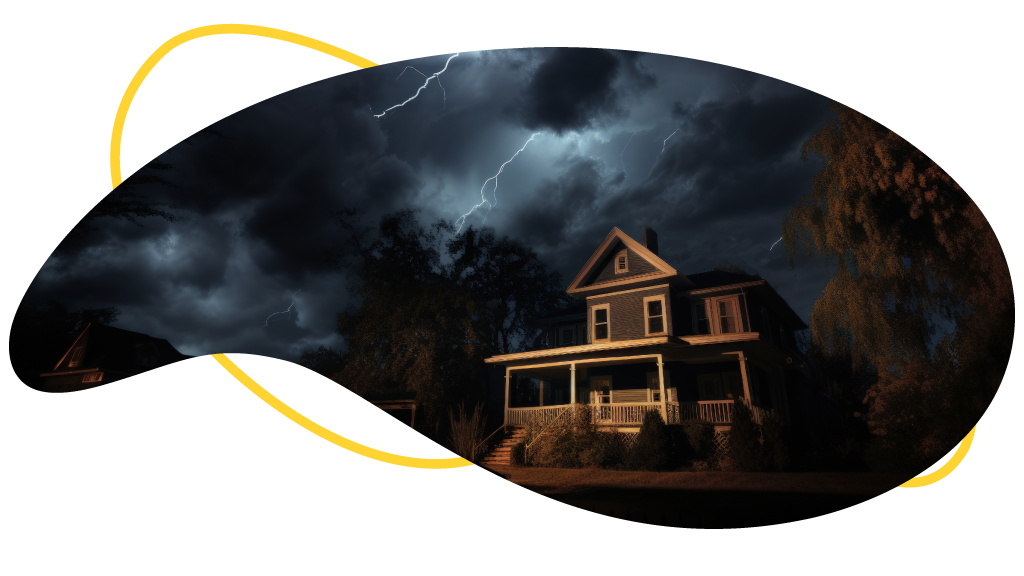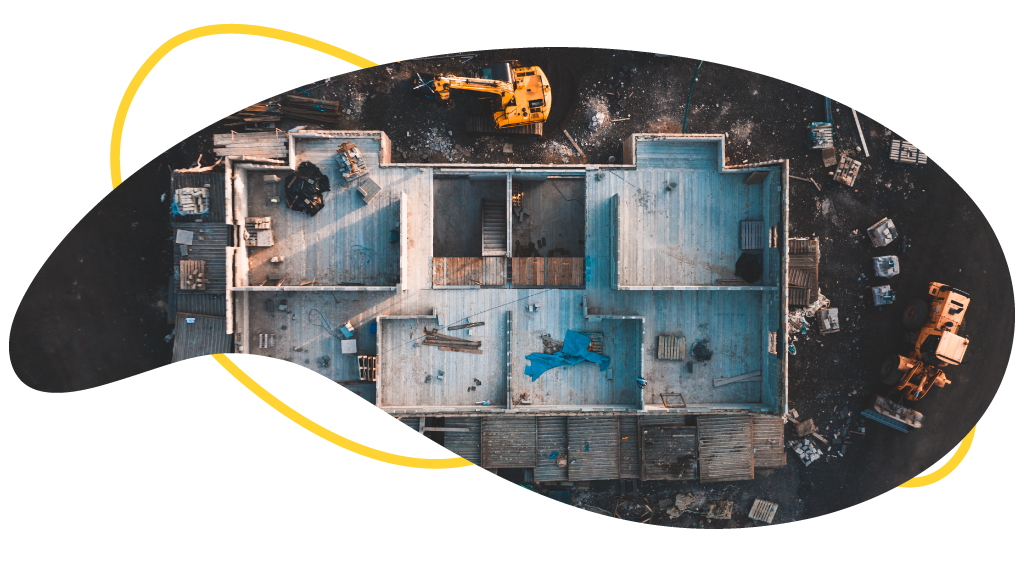Conheça nosso seguro de Casa
Seguro de Casa
x




A sua casa ou negócio está numa Flood Zone C? Flood Zone C, é uma denominação que faz parte da classificação por nível de risco de inundação feita pela FEMA, Federal Emergency Management Agency.
A Zona de Inundação C fica acima do nível de inundação de 500 anos. Ou seja, é uma zona de risco mínimo de inundação, há menos de 0,20% de risco de uma inundação anual. É claro que inundações ainda podem acontecer no caso de transbordamentos e problemas com drenagem, mas em condições normais os riscos são baixos.
Flood Zone C não é uma SFHA e o flood insurance não é obrigatório. Mapas novos e revisados usam a Flood Zone X no lugar da Zona C.
A elevação de inundação de base (BFE) é a altura prevista da água da superfície durante uma inundação de 100 anos. As seguradoras usam essa medida ao determinar as taxas de seguro e por empreiteiros em projetos de construção de casa.
A Flood Zone C está fora da área de uma inundação de base, portanto, não tem um BFE, o que não significa que nunca inunde, significa apenas que a zona não é uma planície de inundação de base designada.
As inundações ainda podem acontecer na Zona C, mas são raras e não entram nos mesmos regulamentos que você vê em um SFHA.
Se você tem a sorte de morar numa Flood Zone C, você pode aproveitar um dia chuvoso com muito mais paz e tranquilidade do que quem mora em zonas de flood risk.
Por causa disso, o Flood Insurance não é obrigatório nem para quem precisar de uma hipoteca como na Flood Zone A ou outras áreas de alto risco.
No entanto, vivemos em um período em que as mudanças climáticas tem nos trazido surpresas frequentes: chuvas abundantes vem aumentando os níveis de água em uma velocidade impressionante e nem sempre a drenagem da região é preparada para dar vazão para o fluxo da água em tão pouco tempo. Tem sido comum ver áreas alagadas onde nunca alagou antes.
De acordo com a FEMA, Mais de 20 por cento dos pedidos de seguro contra inundações vêm de fora das áreas de inundação de alto risco e cada cm de água que invade a sua casa, pode causar milhares de dólares em prejuízo. Portanto, fica a seu critério, mas você já entendeu a nossa posição.
Além das fontes oficiais do FEMA e do NFIP, sabemos que algumas zonas ainda não estão mapeadas ou registradas como risco.
Por isso, escrevemos o artigo 6 Perguntas sobre inundações para fazer antes de se mudar, para te ajudar a determinar seus riscos e o tipo de seguro de Flood que você vai precisar, ou até mesmo que tipo de melhorias podem ser feitas na sua casa para que ela fique segura mesmo em uma inundação inesperada.
Você já sabe, mas não custa nada lembrar: nós da BRZ estamos aqui para te orientar sempre a fazer a melhor escolha para você! Na dúvida, venha conversar com a gente!
Se quiser saber mais sobre a outras flood zones, acesse:
Conheça nosso seguro de Casa
Seguro de Casa

Como proprietário, você tem a responsabilidade de garantir que a sua piscina seja um ambiente seguro para todos os usuários.

Prepare-se para a temporada de furacões em New England com nosso guia. Dicas de segurança e importância do seguro para proteger sua casa.


Somos uma seguradora feita de pessoas para pessoas. Uma comunidade que fala a mesma língua, de gente de olho no futuro. Um lugar feito pra você se sentir em casa, com toda a proteção e cuidado que um lar oferece. Pode chegar.
Simulação Rápida

Precisa de ajuda? Chama a BRZ!
x